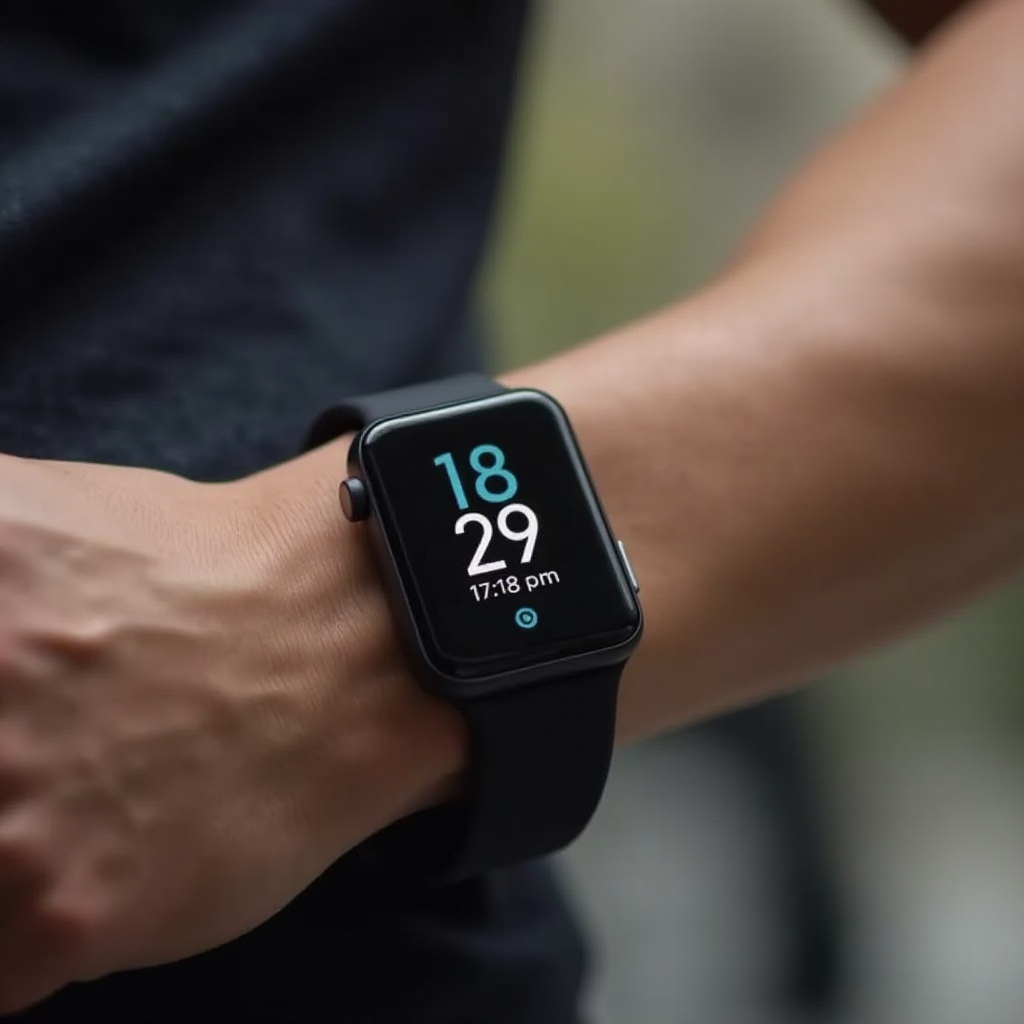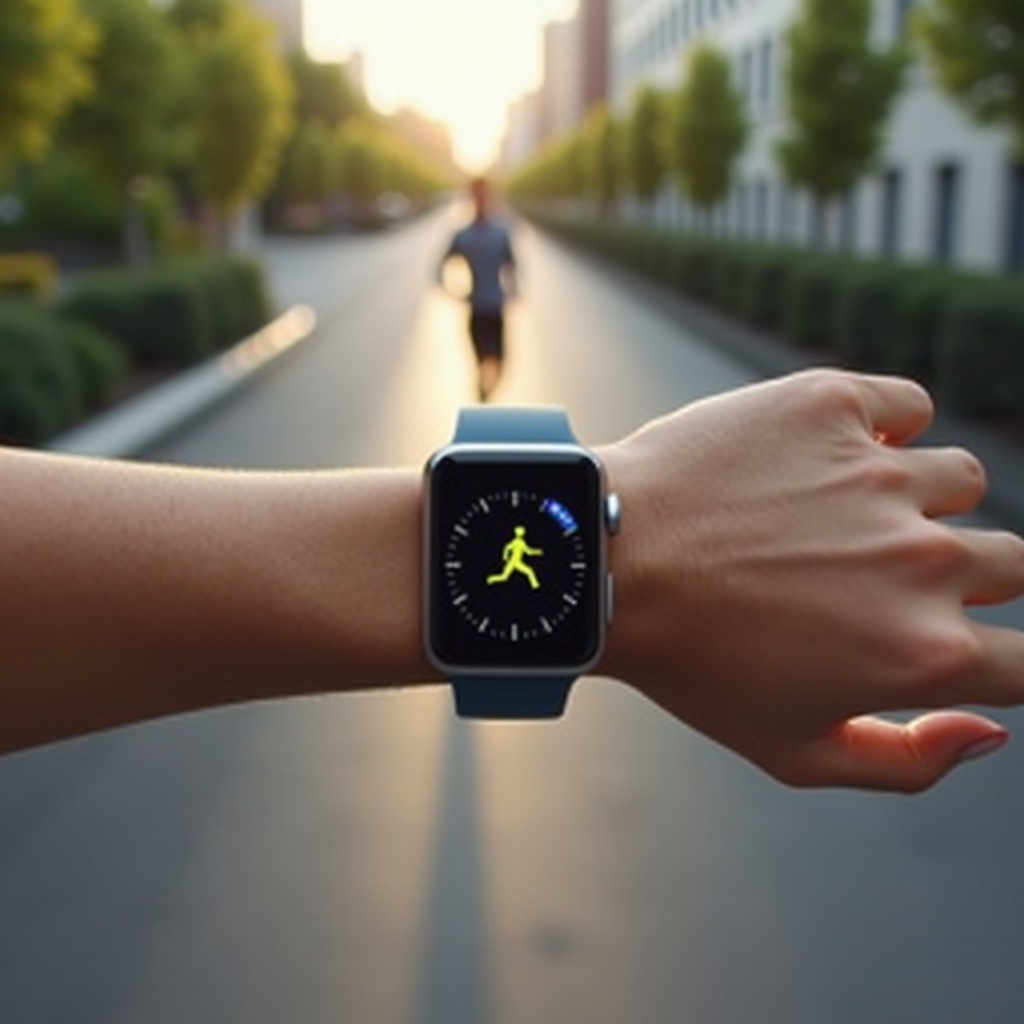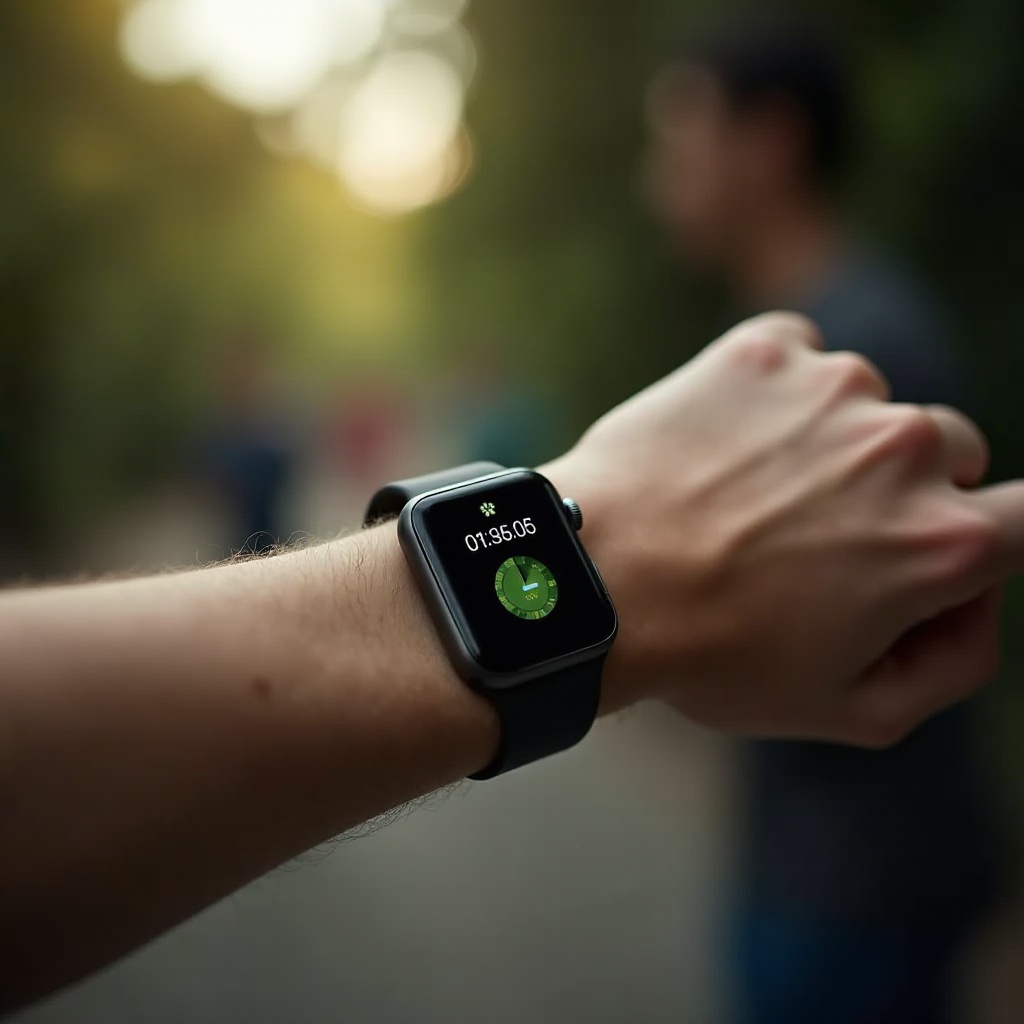Introduction
Smartwatches have revolutionized the way we track our daily activities, and step counting is one of their most popular features. By monitoring steps, users can gain insights into their fitness levels, set daily goals, and maintain a healthier lifestyle. But how exactly do these devices keep track of every step you take? The process involves a combination of advanced sensors, sophisticated algorithms, and regular calibration to ensure accuracy. Understanding the technology behind step counting can help you make the most of your smartwatch and address any issues that may arise. Let’s dive into the details.

The Technology Behind Step Counting
At the core of step counting technology lies the accelerometer, a tiny device that measures motion. This sensor detects movement in three dimensions: up and down, forward and backward, and side to side. When you walk, jog, or even move your arm, the accelerometer captures data on these movements.
However, detecting movement alone isn’t sufficient for accurate step counting. That’s where integrated algorithms come into play. They analyze the raw data collected by the accelerometer, distinguishing between different types of movements. This combination of hardware and software ensures that each step is counted, and non-step activities are filtered out, making the step-count data reliable.

How Accelerometers Work
Accelerometers are essential to any smartwatch’s step-counting function. These small sensors work by detecting acceleration forces. Each time you take a step, there is a change in the speed and direction of your movement. The accelerometer measures these changes and records the data.
- Motion Detection: The accelerometer senses movements in three dimensions. This multi-axis detection is crucial because walking isn’t just a forward motion; it involves complex bodily movements.
- Signal Processing: Once the accelerometer detects movement, it sends the data to the smartwatch’s processor. This data includes the intensity and direction of the movement.
- Data Conversion: The raw data collected by the accelerometer needs to be interpreted. This is done through algorithms, which convert the motion data into readable information the smartwatch can use.
The accelerometer’s role is foundational, but it’s the subsequent data processing and interpretation that translate these measurements into step counts.
The Role of Algorithms in Step Counting
While accelerometers capture movement data, the real magic happens through algorithms. These sets of rules process the raw data and turn it into meaningful information. There are several key steps involved in this process:
- Data Filtering: The algorithms filter out any irrelevant data. This includes movements that aren’t steps, like shaking your arm or riding in a car.
- Pattern Recognition: The software analyzes the patterns in the movement data. By identifying specific movement signatures associated with steps, the algorithm can distinguish walking from other activities.
- Thresholds and Calibration: Algorithms set thresholds to determine what counts as a step. For instance, a slight movement may be ignored, while a more pronounced motion within the set parameters is recorded as a step.
- Dynamic Adjustments: Some algorithms adjust in real-time based on your walking style and pace. This adaptive process helps keep the step count accurate under different conditions.
Combining accelerometer data with these sophisticated algorithms is what enables smartwatches to provide a step count that is as accurate and reliable as possible.

Calibration and Maintaining Accuracy
For a smartwatch to count steps correctly, regular calibration is necessary. Calibration ensures the device adapts to its user’s unique motion patterns. Here’s how accuracy is maintained:
- Initial Calibration: When you first set up your smartwatch, it typically goes through an initial calibration process. This may involve inputting personal data like height and weight.
- Regular Updates: Manufacturers often release firmware updates that include improvements and calibration adjustments. Keeping your smartwatch updated helps maintain its accuracy.
- User Adjustments: Some smartwatches allow users to manually adjust settings to fine-tune accuracy. This can include setting stride length or adjusting the sensitivity of the step counter.
- Consistent Use: Wearing your smartwatch on the same wrist and during a range of activities helps it learn your motion patterns more accurately over time.
Calibrating your device correctly and using it regularly ensures that your step count remains reliable and helps you track your fitness goals effectively.
Common Issues and Troubleshooting
Even with advancements in technology, smartwatches are not immune to issues. Here are some common problems and their solutions:
- Inaccurate Step Count: If your smartwatch isn’t counting steps accurately, try recalibrating the device. Check for any available software updates from the manufacturer.
- Battery Life: Continuous tracking can drain your smartwatch’s battery. Ensure that your device is fully charged and consider adjusting settings to save power.
- Syncing Issues: If your steps aren’t syncing to your app, ensure that Bluetooth is enabled and both devices are connected. Restarting the devices can also help.
- Physical Obstructions: Ensure that your smartwatch is securely fastened to your wrist. Loose or obstructed movement may affect accuracy.
- Software Bugs: Occasionally, glitches occur. Restoring your smartwatch to factory settings can often solve software-related issues.
Addressing these common issues promptly can help ensure your smartwatch continues to track your steps accurately.
Beyond Step Counting
Step counting is just the tip of the iceberg when it comes to smartwatch capabilities. Many smartwatches offer a suite of features that enhance your fitness and overall health. These additional tools can turn a simple step tracker into a comprehensive health monitor:
- Heart Rate Monitoring: Track your heart rate during various activities, helping you to better understand your cardiovascular health.
- Sleep Tracking: Monitor your sleep patterns and quality, providing insights into how well you’re resting.
- GPS Tracking: Record your routes and distances for outdoor activities, helping you to map your progress and set new goals.
- Nutritional Tracking: Sync with apps to monitor nutritional intake and ensure you are meeting dietary goals.
- Activity Reminders: Get reminders to move if you’ve been inactive for a while, encouraging you to stay active throughout the day.
Incorporating these features into your daily routine can offer a holistic approach to maintaining a healthy lifestyle. By leveraging the full range of functionalities offered by your smartwatch, you can gain a deeper understanding of your health and make more informed decisions.
Conclusion
Understanding how your smartwatch counts steps gives you insights into its accuracy and capabilities. By leveraging accelerometers, algorithms, and consistent calibration, these devices provide reliable step counts that can help you achieve your fitness goals. Although issues can arise, troubleshooting and regular maintenance can ensure your smartwatch continues to perform optimally. Beyond step counting, smartwatches offer a wide array of health-monitoring features, making them a valuable tool in your journey to a healthier lifestyle.
Frequently Asked Questions
How accurate are smartwatch step counters?
Smartwatch step counters are generally accurate but can vary based on the device’s sensors and algorithms. Regular calibration and updates help maintain accuracy.
Do all smartwatches use the same technology for counting steps?
Most smartwatches use accelerometers and algorithms for step counting, but the specific technology and methods can vary between brands and models.
Can I improve the accuracy of my smartwatch’s step counter?
Yes, you can improve accuracy by regularly calibrating your device, keeping it updated, wearing it consistently on the same wrist, and adjusting settings to suit your individual motion patterns.
